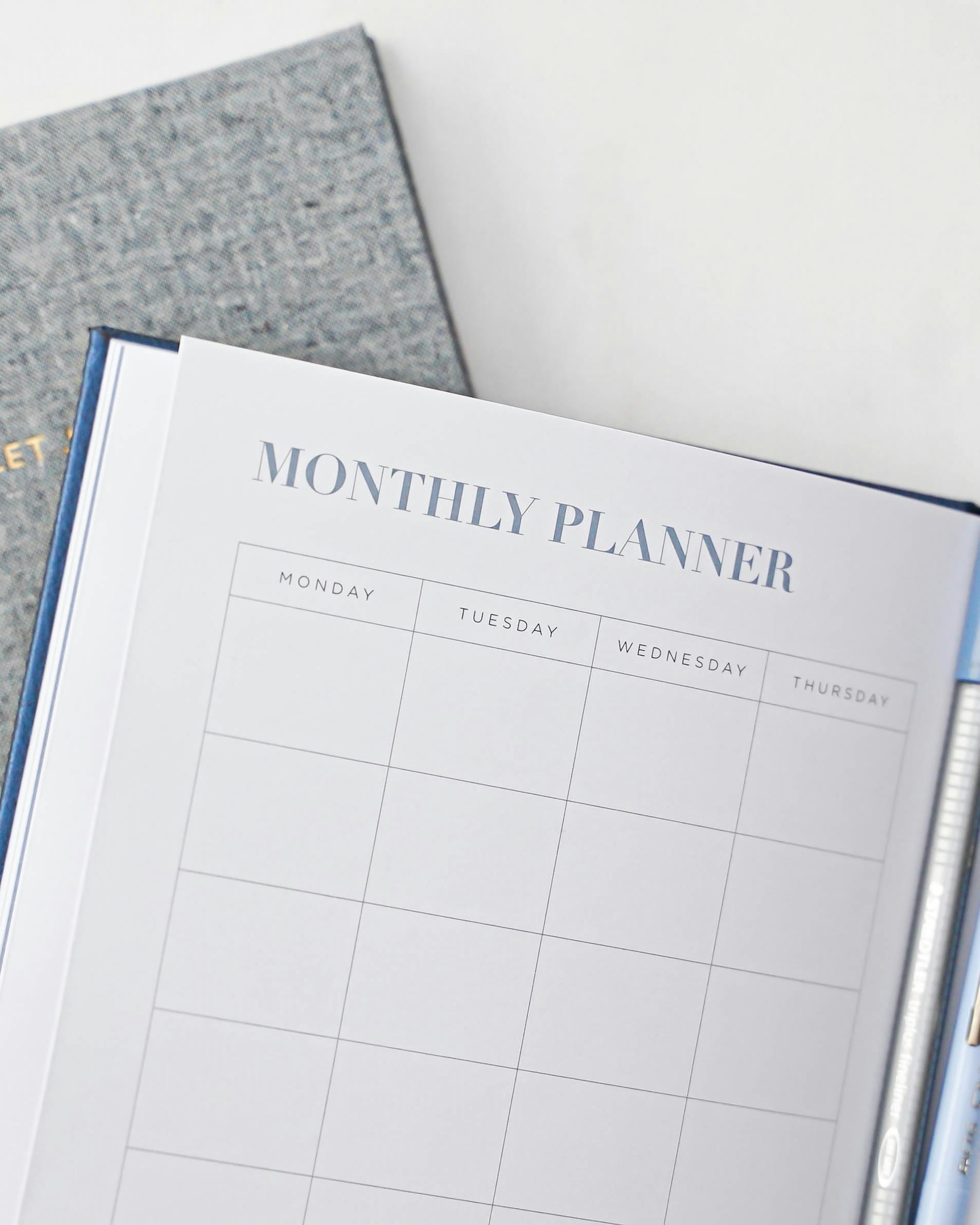Minimalism’s Transformative Influence on Modern Fashion Choices

Photo by Wander Creative on Unsplash
Introduction: Rethinking Fashion Through Minimalism
Minimalism in fashion represents more than a mere style trend-it’s a thoughtful philosophy that emphasizes simplicity, quality, and intentionality in clothing choices. As consumers and designers respond to the excesses of fast fashion, the minimalist approach offers a counterbalance that is both elegant and sustainable. This article examines how minimalism impacts fashion decisions, illustrating its benefits, practical steps for adoption, and the broader social and environmental significance of this movement.
Understanding Minimalism in Fashion
Minimalism in fashion centers on the idea that less is more . Rather than chasing fleeting trends or filling wardrobes with countless options, minimalism encourages curating a collection of timeless, versatile pieces. Such an approach is rooted in the principles of simplicity, functionality, and elegance. Key features of minimalist fashion include clean lines, neutral color palettes, and a focus on quality over quantity. Designers such as Coco Chanel and Yves Saint Laurent pioneered this style, championing understated yet sophisticated garments that remain relevant across generations [2] .
The Rise of Minimalism: A Cultural Shift
Minimalism’s popularity has grown in response to the overconsumption and environmental impact of fast fashion. In contrast to the lavish and decorative styles of previous decades, the minimalist aesthetic provides a reprieve-prioritizing thoughtful design and sustainability. This trend is especially pronounced in luxury fashion, where brands such as The Row , Bottega Veneta , and Jil Sander have embraced streamlined designs crafted from high-quality materials [1] . As more consumers seek to reduce waste and make ethical choices, minimalism continues to gain traction as a meaningful alternative to disposable fashion.
Practical Benefits: Why Minimalism Appeals to Modern Consumers
Adopting a minimalist approach to fashion offers several tangible benefits:

Photo by Fujiphilm on Unsplash
- Sustainability : Minimalism inherently reduces consumption, supporting a more sustainable and ethical industry by discouraging impulse purchases and fast fashion dependency [3] . A smaller, curated wardrobe minimizes textile waste and promotes mindful investment in clothing.
- Personal Style Consistency : By focusing on versatile basics and timeless designs, minimalists develop a signature look that transcends seasonal trends. This consistency can boost confidence and simplify daily decision-making [5] .
- Financial Savings : Investing in fewer, higher-quality garments often leads to long-term savings, as well-made pieces last longer and require fewer replacements.
- Enhanced Functionality : A minimalist wardrobe is easier to organize, making it simpler to dress for any occasion without feeling overwhelmed by choice [4] .
Building a Minimalist Wardrobe: Step-by-Step Guidance
Transitioning to a minimalist wardrobe involves thoughtful planning and intentional choices. Below are actionable steps to help you get started:
-
Assess Your Current Wardrobe
: Begin by evaluating your existing clothing. Remove items that no longer fit, are rarely worn, or do not align with the minimalist ethos of simplicity and utility. The
KonMari method
-which encourages keeping only items that spark joy or serve a clear purpose-can be a helpful framework for this process [4] . - Identify Wardrobe Essentials : Minimalism champions timeless staples, such as a well-fitted blazer, classic jeans, neutral t-shirts, and versatile dresses. Focus on pieces that can be mixed and matched for different occasions. For inspiration, examine the collections of renowned minimalist brands or review online guides for capsule wardrobes.
- Prioritize Quality Over Quantity : Seek out garments made from durable, natural materials with high-quality craftsmanship. Investing in fewer, better-made items reduces the need for frequent replacements and supports ethical production practices [1] .
- Embrace Neutral Colors and Simple Designs : Building a wardrobe around neutral hues (such as black, white, gray, navy, and beige) enhances versatility and ensures that most pieces work well together. Minimalist clothing often features clean silhouettes and understated details.
- Adopt a Mindful Shopping Habit : Before purchasing new items, ask yourself whether they fill a genuine gap in your wardrobe and align with your style values. Avoid impulse buys and trend-driven pieces that may quickly become obsolete [3] .
Real-World Examples and Case Studies
Minimalism is not just a theoretical ideal; it is actively shaping fashion choices worldwide. For example, designer Phoebe Philo ‘s work at Céline popularized minimalism in luxury fashion, blending understated aesthetics with high-end materials [1] . Similarly, brands like MOYE offer collections characterized by their simplicity and versatility, making them ideal for both casual and formal settings [2] .
Individuals adopting a minimalist wardrobe often report increased satisfaction with their clothing and a greater sense of control over their personal style [5] . Some successful professionals, including well-known designers, opt for a daily “uniform”-a signature outfit that simplifies their routine while reinforcing their identity.
Addressing Challenges and Finding Alternatives
While minimalism holds many advantages, some may find the transition difficult. Common challenges include:
- Fear of Monotony : There is a misconception that minimalist wardrobes are boring or lack variety. However, choosing versatile pieces allows for creative combinations and personal expression. Accessories and seasonal updates can further refresh your look [5] .
- Affordability Concerns : High-quality minimalist garments can be more expensive upfront. To mitigate costs, consider shopping during sales, exploring secondhand options, or gradually building your wardrobe over time.
- Social Pressures : The fashion industry and social media often promote constant consumption. Counter this by focusing on your values and seeking out supportive communities interested in sustainable fashion.
Minimalism and Sustainability: Broader Implications
Minimalism is closely linked to sustainable fashion . By purchasing fewer items and favoring ethical brands, consumers reduce their environmental footprint and support better labor practices. Many minimalist brands are dedicated to transparent supply chains and responsible sourcing. If you are interested in learning more about sustainable fashion options, you can explore reputable online marketplaces and search for “sustainable minimalist clothing brands” to find options that align with your values.
In academic and industry discussions, minimalism is viewed as a resistance to consumer culture -an intentional choice to prioritize functionality, well-being, and ecological responsibility over social status or brand symbolism [3] .
Practical Steps and Alternative Pathways
If you are considering adopting a minimalist wardrobe, here are several ways to begin:
- Start by decluttering your closet using the KonMari method or a similar approach.
- Research capsule wardrobe guides for inspiration and planning.
- Explore secondhand shops, online marketplaces, or ethical brands for quality basics.
- Regularly reassess your wardrobe to maintain its relevance and functionality.
- Connect with online communities and forums focused on minimalist and sustainable fashion to share experiences and gather advice.
If you require personalized guidance, consider consulting a professional stylist who specializes in minimalist fashion or attending workshops offered by local fashion organizations.
Key Takeaways
Minimalism’s impact on fashion is profound and multifaceted. It offers a pathway to greater sustainability, personal empowerment, and elegance in everyday life. Whether you are seeking to simplify your wardrobe, reduce your environmental impact, or develop a consistent personal style, minimalism provides actionable strategies and lasting benefits. By embracing this approach, consumers can foster a healthier relationship with fashion-one that prioritizes quality, intention, and authenticity over excess.
References
- [1] Resident (2024). The Paradox of Simplicity: How Minimalism is Shaping Luxury Fashion.
- [2] MOYE (n.d.). Less is More: Minimalism in Fashion.
- [3] Sustainability Directory (n.d.). How Does Minimalism Impact Wardrobe Choices?
- [4] Fabric of Change (n.d.). Minimalism in Fashion: an answer to overconsumption?
- [5] Nourishing Minimalism (n.d.). Minimalist Clothes: Own Fewer Clothes and Feel Amazing.



